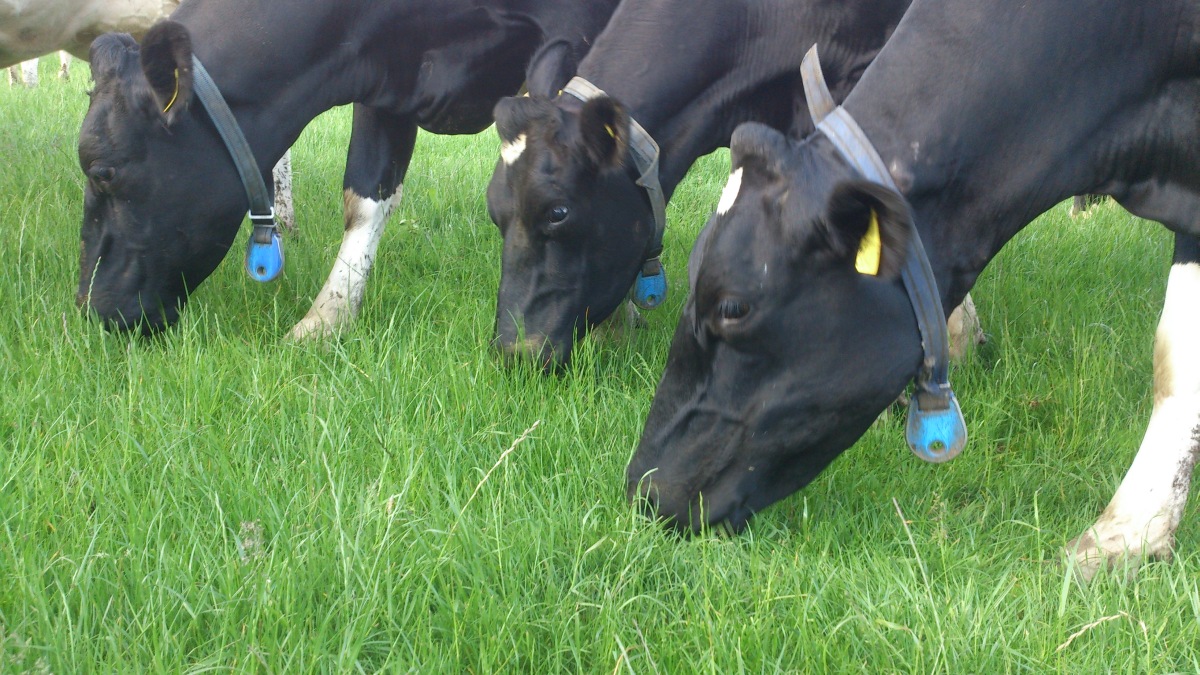Despite the recent snowfalls and harsh growing conditions, farmers need to be proactive on delivering nutrients into their soil and making a coherent fertiliser plan for the year ahead.
This was the view expressed by Stan Lalor from Grassland Agro as he addressed farmers at a LacPatrick Dairies fertiliser and nutrient workshop in Co. Monaghan today (Wednesday, March 7).
Lalor outlined the key pillars to achieving healthy soils and getting more from grassland.
Secondly, he said, soil pH needs to be addressed through lime. After that, the Phosphorus (P) and Potassium (K) levels need attention through the next points of his plan; slurry and fertiliser.
“Oftentimes fellas are only jumping in on the fertiliser stage when they’re under pressure or need to get stock out. You have to take your time and plan your nutrients, not just for one season.
“There’s a heap of P and K sitting in a tank at home. Use it well and get the slurry right before you go on to fertiliser. It (fertiliser) is too dear to be wasting,” he added.
‘Slurry is not ideal for grazing ground’
“Slurry is not a well-balanced nutrient for grazing ground,” Lalor told the farmers at the meeting.
Continuing, he said: “If your P and K levels are good on grazing ground then slurry is no good. But, what I will say is that slurry is very well-balanced for silage ground and the silage ground needs P and K. So, it’s great for silage ground, but not ideal for grazing ground.”
Lalor outlined that 1,000 gallons of thick slurry (7% DM) is the equivalent to a 50kg bag of 5-5-30; but dilute, watery slurry (3.5% DM) is closer to a bag of 5-3-15. The nutrients in pig slurry are 12-7-20 with the lower K levels due to the higher concentrates in pigs’ diets.
If you’re looking at how much slurry you need to get out after cutting silage, a good rule is that, for every four bales taken out, you need 1,000 gallons of slurry in after that.
He did warn that any more than 3,000 gallons of cattle slurry per acre has the risk of adversely affecting the soil and regrowth.

